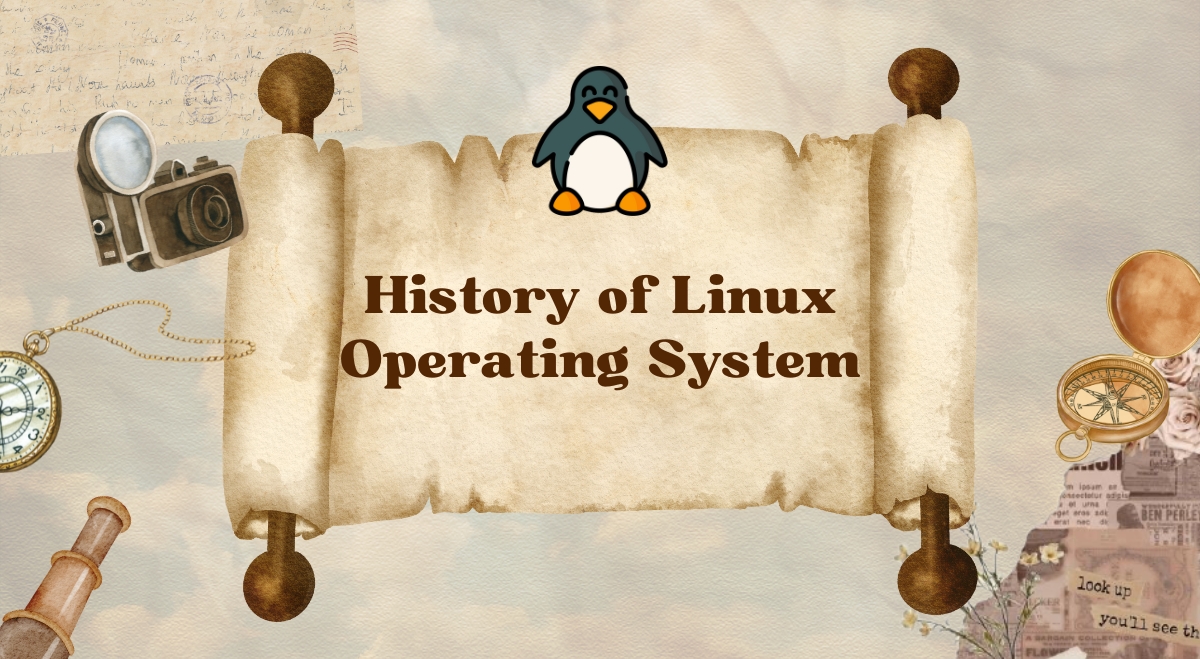The tar command is an essential tool for file compression and archiving in Linux operating systems. It allows users to bundle multiple files and directories into a single archive file, making it easier to manage, transfer, and back up data. This guide will explore the various uses of tar, and its syntax, and provide practical […]









